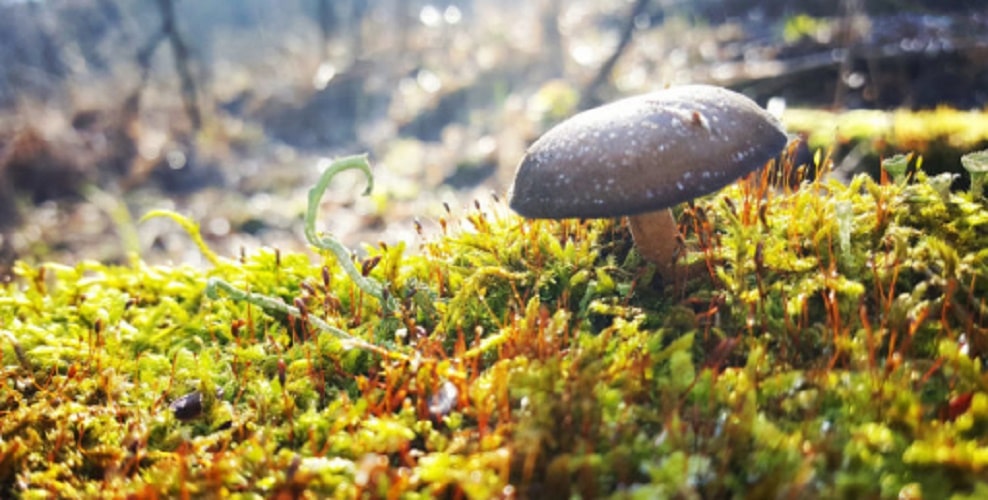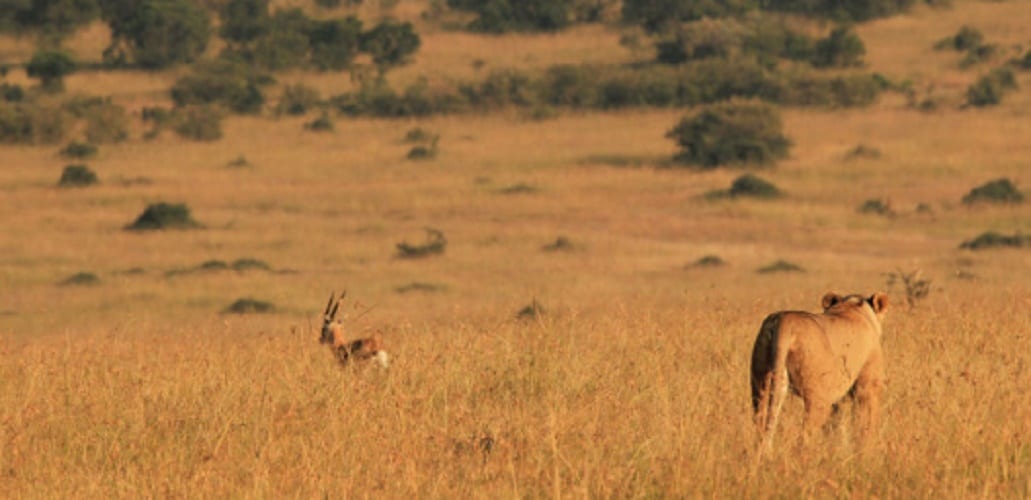What is mutualism?
We explain what mutualism is and its relation to symbiosis. In addition, what is commensalism, predation and parasitism.
-
What is mutualism?
Mutualism is a type of relationship between species or interspecific relationship, in which the two individuals involved obtain a mutual benefit , that is, they both benefit from their association. This type of link does not cause damage to any.
The relations of mutualism are very important in the ecological dynamics of the environment , especially in the increase of biodiversity and in the maximum use of the available natural resources , as well as in the paths that evolution takes .
This type of associations between species can be understood as a kind of barter or biological exchange , in which each species gives and earns something. Depending on what is given and earned, they can be classified as follows:
- Resource-resource relationships. In them the two species exchange some kind of biological substance or resource that is indispensable for both, so that their relationship provides a material gain to each one.
- Natural service-resource relations. In them there is the exchange of some resource produced, as in the previous case, in exchange for some action or behavior that is beneficial.
- Service-service relationships. It is the least frequent type of relationship, in which what is exchanged for the species is some kind of behavior or action, so that both benefit.
-
Mutualism and symbiosis

Symbiosis is a type of mutualism , in which there is a very narrow degree of association between the two species. So much so, that they lead a joint life and are often indiscernible from each other. Obviously, this cooperation has significant benefits for both species, hereinafter known as symbionts.
The traditional example of symbiosis is lichen, intimate associations of a fungus and an algae , in which vital space is shared and moisture and structure (of the fungus) are exchanged for carbohydrates of photosynthesis (of the algae).
-
Commensalism

The commensalism relationships (from Latin cum mess, that is, “sharing the table”) are beneficial for any of the individuals involved in it (and that happens to be called a commensal), without any kind of damage or damage being derived from said benefit. Benefit for the other individual.
An example of this is the use of stinging anemones or fire corals by clownfish , which thus obtain protection from their predators without causing discomfort to anyone.
-
Predation

In the case of predation, one species causes damage (that is, death) to another , so that it can feed on it, consuming the organic matter that makes up its body. Thus, the consumer is called the predator and the consumed prey.
An example of this occurs between the African lions and the gazelles they usually feed on , which must flee to preserve their life and not be eaten by this fierce predator.
-
Parasitism

In this type of relationship an individual feeds on the body of the other or uses it to perpetuate their biological cycle , causing damage in the process. This damage can be lethal, but it is not usually massive and direct, but slow and progressive, so the parasite can cohabit in the body of the parasite for some time.
This is the case of mosquitoes and other hematophagous insects , whose females must “bite” other animals (usually warm-blooded) to feed and fertilize the eggs that will continue the species.
-
Examples of mutualism
Some examples of mutualism are:
- The bees and the flowers. This symbiotic relationship dates back millennia and is very important to preserve plant life in the world. The bees, attracted by the sweetness of the flowers, release the nectar that is inside and without knowing it impregnate the pollen of the plant, taking it to another plant and thus promoting the genetic exchange between plants.
- Bacterial flora and humans. In our intestines there is a bacterial flora, that is, a set of bacterial species that instead of infecting and hurting us, help us to break down food and digestion, also benefiting from the process .
- The birds and the cattle. Cows, oxen, even wild species such as rhinos are often seen with birds standing on their backs, pecking at them without harming them. This is because the birds feed on the ticks and lice that these animals possess, eliminating that inconvenience in return.
- Ants and aphids. Ants, so territorial, do not usually hurt a certain type of aphids, but protect them. This is because, in turn, aphids share with them a sweet nectar that they extract from the wise sucking of plants.
- Mycorrhizae The union of tree roots and certain types of fungi is known by that name, consisting of an exchange of moisture (from the fungus) for nutrients (from the plant), which is in mutual benefit.





